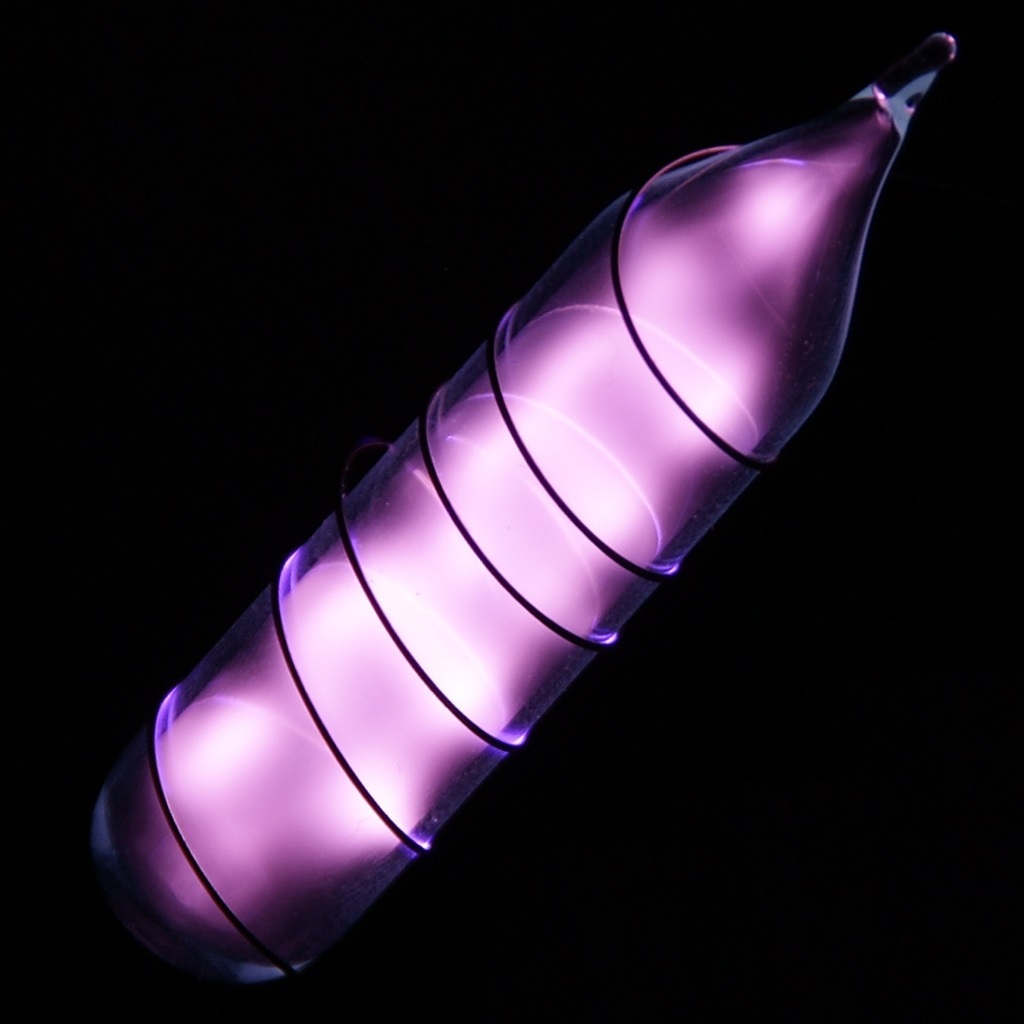Helium
2
He
Group
18
Period
1
Block
s
Protons
Electrons
Neutrons
2
2
2
General Properties
Atomic Number
2
Atomic Weight
4.002602
Mass Number
4
Category
Noble gases
Color
Colorless
Radioactive
No
From the Greek word helios, the sun
Crystal Structure
Face Centered Cubic
History
French astronomer Jules Janssen obtained the first evidence of helium during the solar eclipse of 1868.
Norman Lockyer and Edward Frankland suggested the name helium for the new element.
In 1895, Sir William Ramsay discovered helium in the uranium mineral cleveite.
It was independently discovered in cleveite by Per Teodor Cleve and Abraham Langlet.
Norman Lockyer and Edward Frankland suggested the name helium for the new element.
In 1895, Sir William Ramsay discovered helium in the uranium mineral cleveite.
It was independently discovered in cleveite by Per Teodor Cleve and Abraham Langlet.
Electrons per shell
2
Electron Configuration
1s2
Unlike any other element, helium will remain liquid down to absolute zero at normal pressures
Physical Properties
Phase
Gas
Density
0.0001785 g/cm3
Melting Point
0.95 K | -272.2 °C | -457.96 °F
Boiling Point
4.22 K | -268.93 °C | -452.07 °F
Heat of Fusion
0.02 kJ/mol
Heat of Vaporization
0.083 kJ/mol
Specific Heat Capacity
5.193 J/g·K
Abundance in Earth's crust
5.5×10-7%
Abundance in Universe
23%

CAS Number
7440-59-7
PubChem CID Number
23987
Atomic Properties
Atomic Radius
31 pm
Covalent Radius
28 pm
Electronegativity
-
Ionization Potential
24.5874 eV
Atomic Volume
27.2 cm3/mol
Thermal Conductivity
0.00152 W/cm·K
Oxidation States
0
Applications
Helium is used as a protective gas in growing silicon and germanium crystals, in titanium and zirconium production, and in gas chromatography.
Helium at low temperatures is used in cryogenics.
Helium is used for filling balloons and for pressurizing liquid fuel rockets.
Helium is used as a shielding gas in arc welding processes.
Helium at low temperatures is used in cryogenics.
Helium is used for filling balloons and for pressurizing liquid fuel rockets.
Helium is used as a shielding gas in arc welding processes.
Helium is not known to be toxic
Isotopes
Stable Isotopes
3He, 4HeUnstable Isotopes
5He, 6He, 7He, 8He, 9He, 10He